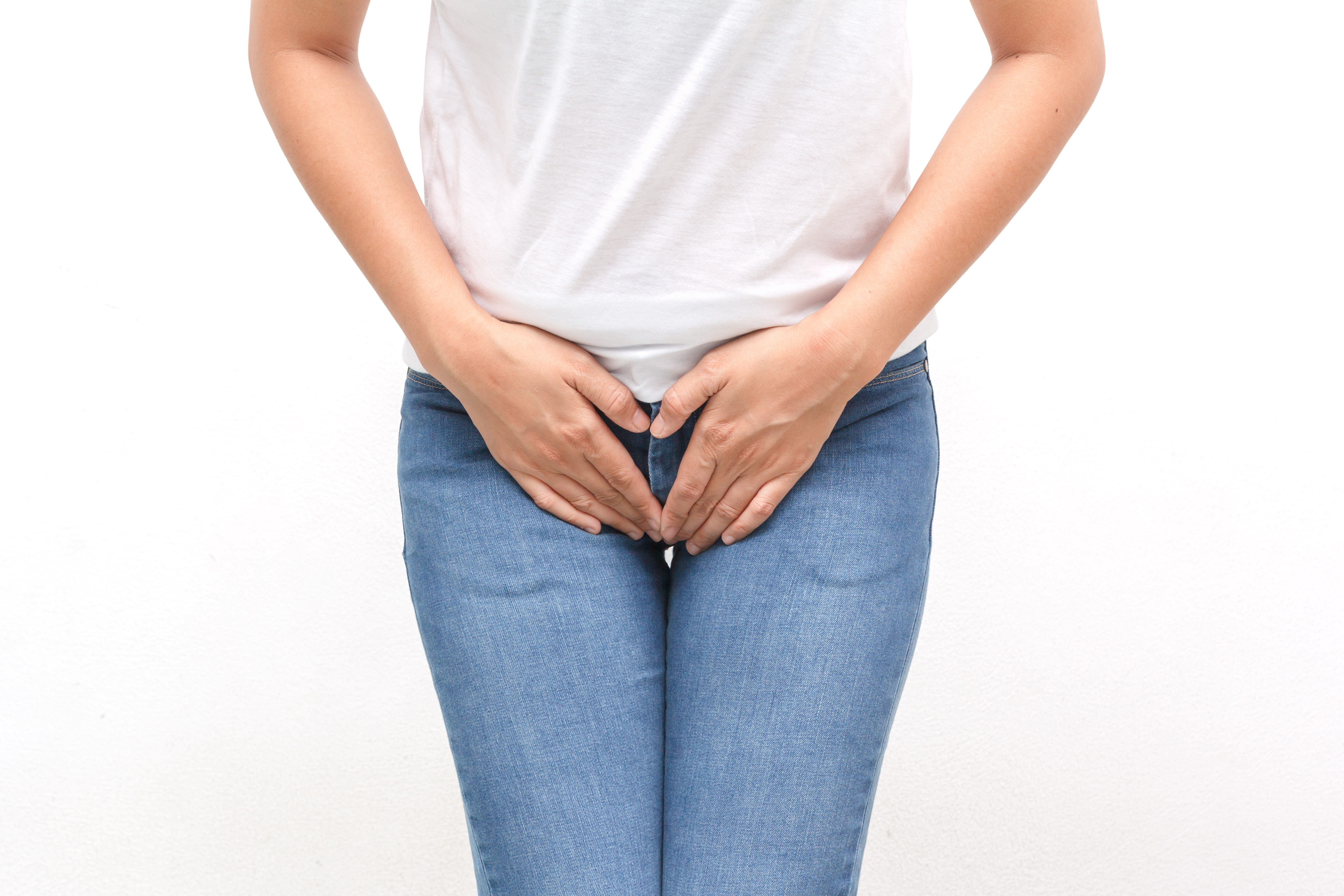
Coda blog March 2022: Thrush
Thrush symptoms are irritating in more ways than one. Physically unpleasant and uncomfortable, there are myths surrounding the condition that make it no easier to tolerate. In this blog, Colin explains what it is, what it’s not, and more importantly how to ditch the itch.
First things first.
While it’s unpleasant, it’s also common. As medical news source The Lancet explains here, three in four women develop thrush at least once, and affects more than a million UK women.
What is Thrush and what causes it?
This common yeast infection is triggered by a fungus, candida albicans. This microorganism is ever-present in the body and lives in the gut, mouth, and vagina. Albicans means ‘white’, which as sufferers know, reflects the colour of the fungus when the bacterial balance of the body changes and the condition we know as thrush manifests itself.
What isn’t it?
Equal between genders. Thrush doesn’t affect both men and women. Men get something similar, balanitis, which shares many similarities, but women aged 25 to 34 are the most likely to be affected. As this BBC piece explains, the growing use of hormonal replacement therapy (HRT) to address symptoms of the menopause will be underpinning the rise in the numbers affected.
What else causes Thrush?
It may also be our fondness for scented soaps and shower gels, douches, deodorants and the popularity of snug underwear and tights may be adding to the numbers. These are all on the NHS list of no-nos. While a simple rebalancing of the body’s bacterial profile may trigger the symptoms, there are other considerations, too.
What does it feel like?
Both men and women will feel itching and burning sensation in their genital areas and soreness or stinging during sex. Women are more likely to notice pain while peeing.
What does it look like?
Women can expect to see a white discharge, normally odourless and with the consistency of cottage cheese, at the vagina. The symptoms of balanitis include irritation, burning and redness around the head of the penis and under the foreskin, which may be painful to manipulate.
How do I treat it?
Most cases of thrush will clear up after a course of antifungal tablets, either swallowed or inserted into your vagina as a canesten pessary. Alternatively, an antifungal cream can also be used to relieve irritation. Partners do not need treating pre-emptively, only if they have symptoms.
Lifestyle
Things you can do yourself to ease discomfort and prevent thrush returning.
Do
More Myths, Busted
The nature of the condition–ie not a virus–means it cannot be passed on during sex, and sex does not cause thrush. It is not contagious, so the usual suspects i.e. shared towels, toilet seats and so on are not in the frame. Can my diet affect thrush- No there is no relationship between thrush and diet
How Coda can help you treat Thrush
Anyone old enough to read a blog may know exactly what these symptoms mean and how to treat them. Coda stock Canesten thrush cream, a proven brand, and our women’s health pages carry a number of items.
If you’re not sure whether this product is right for you, or if your symptoms are consistent with thrush, then we can recommend the best treatment for you.
Feel free to ask if you prefer to have a more discreet conversation. The private areas in our stores are designated for these discussions or use the details on our contact page to message or call us.
If you require prescription delivery service please remember to register https://codapharmacy.co.uk/Account/Register